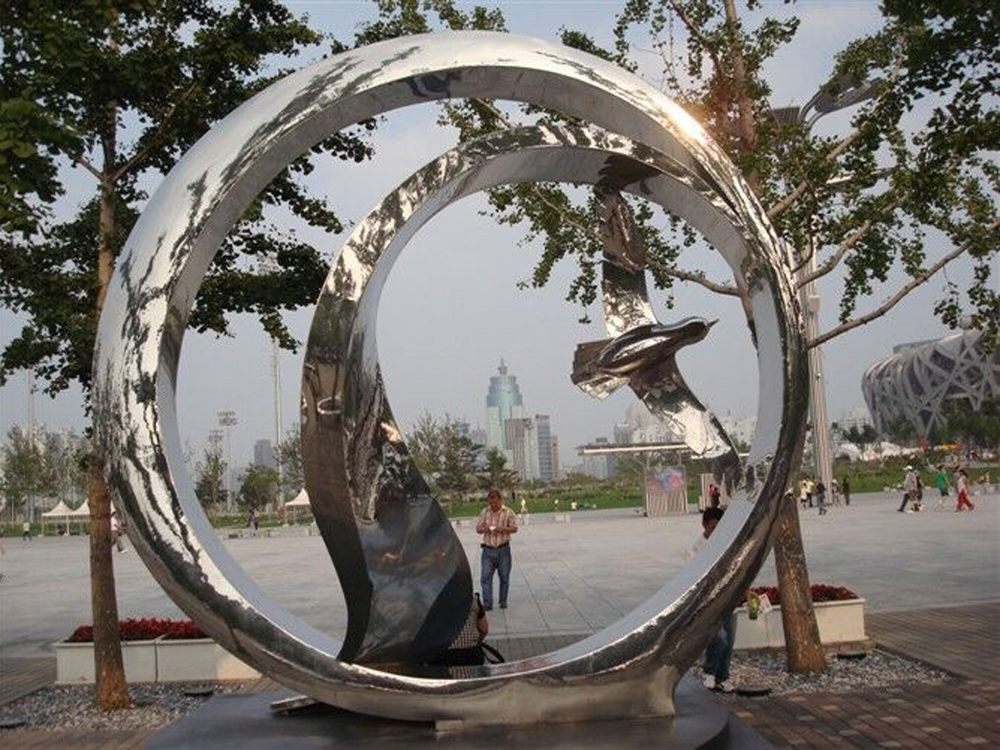
Wood carvers skillfully harness the natural direction of wood grain to elevate both the durability and beauty of their sculptures. By aligning carving strokes with the grain, they minimize splintering and create smoother surfaces, ensuring structural integrity. Conversely, carving against the grain can introduce intentional textures or dramatic effects, though it requires precision to avoid unwanted cracks.
Grain direction also influences design choices. For flowing elements like hair or fabric, carvers follow the grain for seamless curves. In contrast, cross-grain cuts add ruggedness to features like tree bark or animal fur. Master carvers often "read" the wood beforehand, planning cuts to exploit the grain’s natural patterns for organic embellishments.
Additionally, wood density varies along the grain—softer areas carve easily for intricate details, while denser sections provide foundational support. This duality allows artists to balance artistic expression with practicality, turning the wood’s inherent qualities into an asset rather than a limitation.
Ultimately, understanding grain direction transforms raw material into resilient, visually dynamic art, where the wood itself becomes an active collaborator in the creative process.

